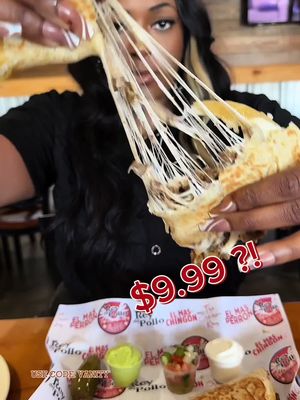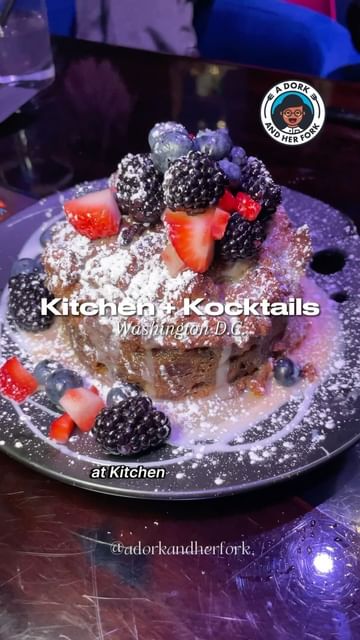You invited influencers. They posted. The content looked great. But... did it actually work?
In 2025, influencer marketing is no longer a guessing game—especially for restaurants. If you want to keep growing (and spending smart), you need to track return on investment (ROI) like a pro.
Let’s break down exactly how to measure ROI from your influencer campaigns—whether you're working with micro-creators or macro foodies. 🍽️
First, What Counts as “ROI”? 🤔
ROI = Return on Investment
It tells you whether the time and money you spent on an influencer campaign actually brought in more value than it cost.
For restaurants, ROI isn’t just about likes or views. It’s about real results, like:
- More reservations 📅
- New customers walking in 🚶♀️
- Increased average check size 💳
- Repeat visits 🔁
- UGC you can reuse 📸
Step 1: Set Clear Goals Before You Post 🎯
To measure ROI, you need to know what you’re trying to achieve. Every campaign should have a defined goal, like:
- Increase bookings by 15% next week
- Get 100+ new followers on Instagram
- Generate 10+ pieces of reusable UGC
- Drive $500 in additional sales from one creator’s post
If you skip this step, ROI will always feel fuzzy. The clearer the goal, the easier the math later.
Step 2: Track the Right Metrics 📈
Once your campaign is live, keep your eye on metrics that matter:
1. Engagement Metrics
- Likes, comments, shares
- Saves (especially for restaurants—these = intent)
- Story replies and poll votes
2. Traffic Metrics
- Website clicks (via link in bio or story)
- Reservations or online orders made after the post
- Google search volume for your restaurant name
3. In-Store Metrics
- Promo code redemptions
- Mention tracking (“I saw you on TikTok!”)
- Increase in walk-ins during or after campaign
🧠 If you're using Mustard, we auto-track post links, performance, UGC rights, and influencer metrics—all in one dashboard.
Step 3: Use UTM Links, Codes & Booking Tools 🔗
To make ROI easy to measure, you need to track actions back to the creator.
Here’s how:
- Custom URLs / UTM links
→ Track how much traffic came from a specific influencer - Promo codes or QR codes
→ Great for takeout, delivery, or in-store offers - Reservation links or tracking pixels
→ Let you know who booked after seeing the post
Example:
Influencer posts about your weekend tasting menu with a link likemustard.love/yoursupperclub. That URL gets 143 clicks and 28 bookings. Boom—measurable ROI.
Step 4: Calculate the ROI 💰
Here’s a simple formula:
ROI (%) = [(Revenue - Cost) / Cost] x 100
Let’s say:
- You gave an influencer a $150 comped dinner
- Their post drove 12 new covers, worth $480 total
ROI = [(480 - 150) / 150] x 100 = 220% ROI
Not bad for one post 🍷
💡 Tip: Don’t forget to factor in long-term value. If some of those new guests become regulars, the ROI gets even better over time.
Step 5: Look Beyond Revenue 📸❤️
ROI isn’t just about dollars. Think of indirect value like:
- UGC you can reuse in ads, social, email
- SEO juice from backlinks if creators have blogs
- Elevated brand awareness in your neighborhood
- Better social proof (more content = more trust)
All of these increase your marketing firepower—even if they don’t show up in the register right away.
Step 6: Repeat What Works 🔁
Not every influencer is going to be a home run—and that’s okay.
What matters is:
- Identifying which creators actually convert
- Noticing which types of content (Reels, reviews, unboxings) work best
- Doubling down on what moves the needle
Use those insights to shape smarter campaigns moving forward.
✅ Mustard helps restaurants track influencer ROI automatically—so you can scale without spreadsheets.
Final Thoughts 🍽️
Influencer marketing isn’t magic. But with the right tools and mindset, it is measurable.
Set goals, track what matters, and calculate your ROI with confidence. That way, you’re not just throwing free meals into the void—you’re building buzz and your bottom line.
Let Mustard help you do it smarter.
👉 Measure campaign ROI with Mustard



.jpg)





